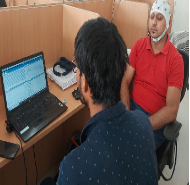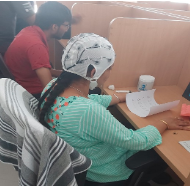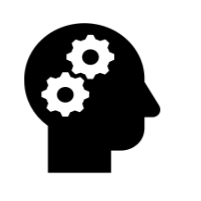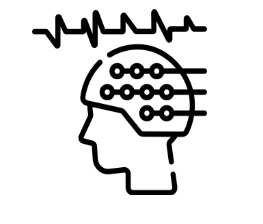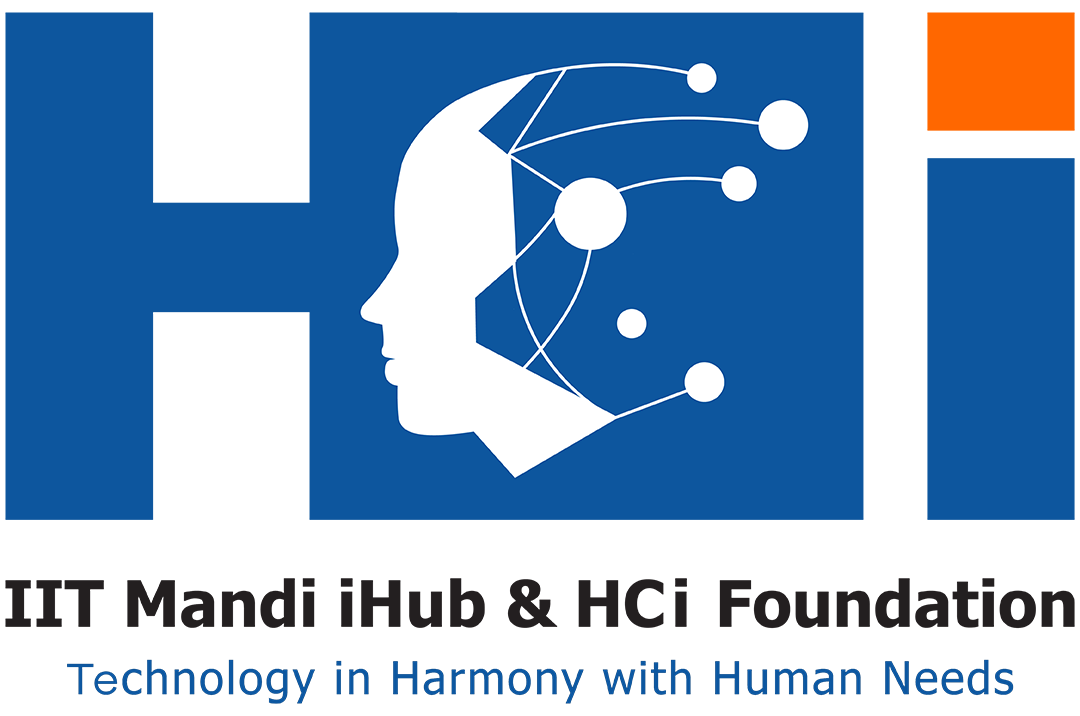Exploring continuous decoding of brain signals into text
Problem Statement:
The electroencephalogram (EEG) signal represents the cognitive and emotional states of the user, which allows neuro-engineering researchers to decode the activities of the human mind non-invasively. However, classifying EEG features is inherently challenging due to the large magnitude of temporal and spectral variations. In this project, iHub researchers are working to decode human thoughts about imagined handwriting characters, handwriting tracing, and visual handwriting perception from EEG signals. This is significantly less investigated in the literature and opportunities for EEG-based BCI frameworks are rapidly expanding such as decoding brain responses, drowsiness monitoring, etc.
Project Brief
Different from the prior studies and to further explore how the real-world scenarios impact BCI performance, we explore the potential of the DL networks in decoding brain activities under different stimuli paradigms such as imagined handwriting, handwriting tracing, and visual handwriting perception. Through quantitative and qualitative evaluation, we demonstrate that our approach efficiently discovers the inherent spatiotemporal properties of EEG data that help in decoding human brain activities. Many individuals cannot communicate because of their physical problems such as a person with paralysis or neuro/physio disorders. Our research will facilitate the improvement in communication of patients with neuro/physio disorders and enable the smooth exchange of thoughts.
Current status
An EEG pre-processing algorithm including filtering and channel outlier detection is developed. For spatial-temporal modeling of EEG signals, a low-parametric DL algorithm under different stimuli is developed and validated. The in-house EEG dataset using Open BCI 16-channel is collected and further efforts have been made to collect data in multiple sessions.
Technologies involved
EEG Signal Processing, BCI, and Deep Learning
Solution is relevant to which industry
Naxon Labs, Neuophony, Neuroleap
